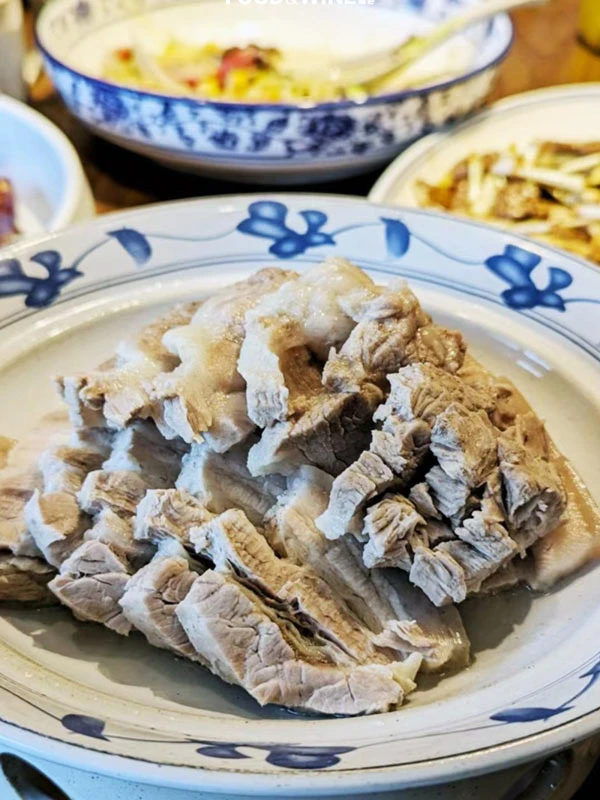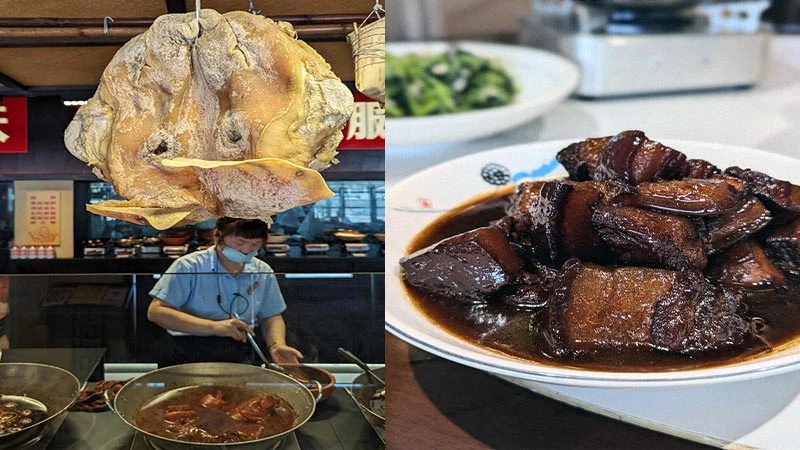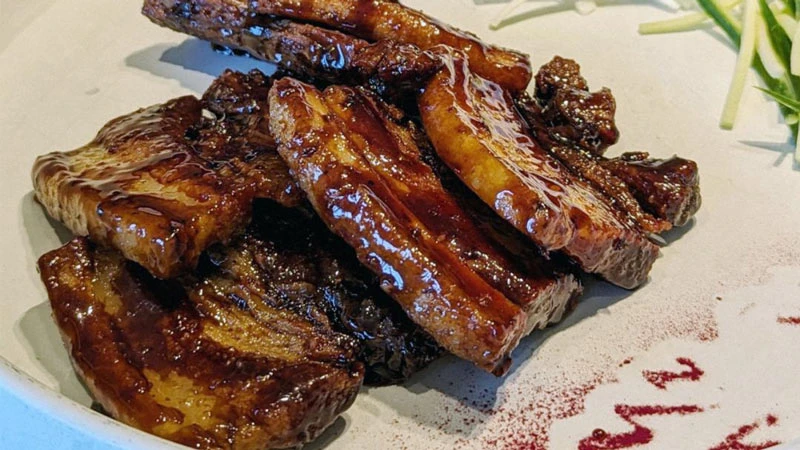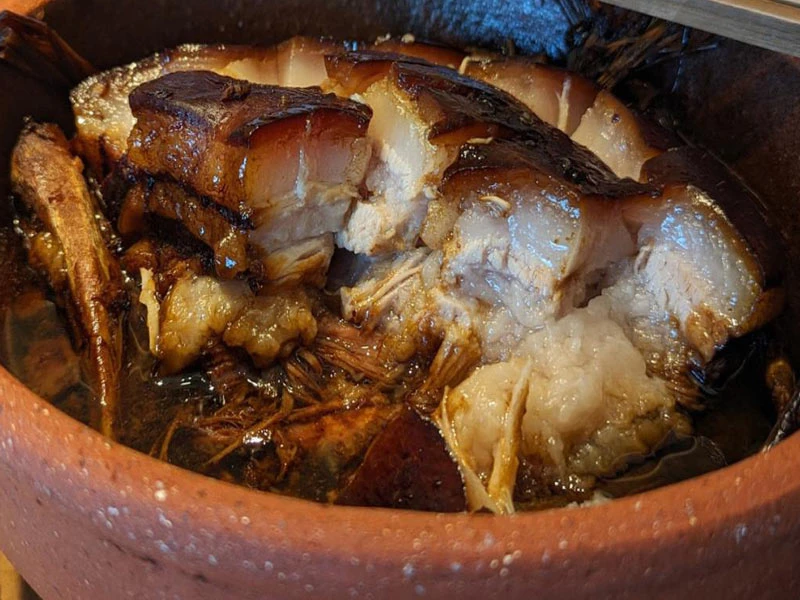The Changing Taste of Pork: Nostalgia and Modernity
In a small, rustic restaurant in Tonglu, Zhejiang Province, the succulent aroma of braised pork belly fills the air. The dish before me is a masterpiece—glossy, with two fingers of rich, glistening fat sandwiched between tender meat and a dark, caramelized skin. This pork, raised on sweet potato leaves and rough bran, is the product of traditional farming methods, requiring a full year of care before reaching the table. Yet, in today's world of industrialized pork production, such a dish is increasingly rare.
Pork, once a staple of traditional Chinese cuisine, has undergone significant changes over the past few decades. Modern industrial farming practices have revolutionized the pork industry, yielding more affordable meat to feed a growing population. However, this shift has also sparked debate among chefs, food enthusiasts, and pork producers about whether the quality and flavor of pork have improved or deteriorated.

The Modernization of Pork Production
In the bustling city of Jiaxing, also in Zhejiang, the headquarters of Qilian Foods Co., Ltd. offers a glimpse into the future of pork production. Known as the "Pig Planet," this sprawling 200-acre facility is equipped with state-of-the-art technology, including multi-story pig farms, real-time surveillance, and big data analytics. The company, which maintains a stock of around one million pigs, produces a hybrid breed known as the "three-way crossbreed," a combination of local black pigs and imported white pigs.
Miao Yu, the vice president of Qilian Foods and an expert in pork production, explains that from a scientific standpoint, pork quality has indeed improved. Advances in breeding, nutrition, and disease management, coupled with modern cooking techniques, have enhanced the texture and flavor of pork. However, she acknowledges that many older generations of Chinese consumers disagree, clinging to memories of the rich, fatty pork from their childhood.
Miao Yu's perspective is shaped by her experience as a child of the 1980s. Unlike the older generations who grew up with home-raised pigs, Miao Yu's childhood was marked by the introduction of hybrid pigs, which were more commonly available in markets. For her, today's pork—especially the purebred varieties she now has access to through her industry connections—is superior in flavor. Yet, she recognizes that this view is not universally shared, particularly by those nostalgic for the past.
The Balance of Flavor and Fat
The evolution of pork production in China is a complex story, shaped by economic, cultural, and environmental factors. During the 1980s, as China opened up to the world, the primary goal was to increase food production to meet the needs of a rapidly growing population. This led to the widespread adoption of foreign pig breeds, such as Yorkshire, Berkshire, and Duroc, which were more efficient in converting feed into meat but lacked the rich flavor of traditional local breeds.
By 1997, China's pork production had increased nearly fivefold compared to 20 years earlier, reaching 58 million tons by 2023. However, this rapid industrialization came at a cost. The flavor of pork, once celebrated for its richness and depth, became increasingly bland and uniform as producers prioritized lean meat over fat content.
Miao Yu and other industry experts point out that flavor is intrinsically linked to fat, particularly the intramuscular fat that gives pork its marbling and juiciness. This is a lesson that chefs like Lu Shiming, the owner of the Tonglu restaurant, understand well. Despite receiving customer complaints about the fat content in his braised pork, Lu refuses to compromise, insisting that the dish would lose its essence if made with leaner cuts of meat.
Yet, the market demands leaner pork. Consumers, especially younger ones, are increasingly health-conscious, shunning the rich, fatty cuts that were once a staple of Chinese cuisine. This shift in consumer preferences has forced producers to adapt, balancing the need for flavor with the demand for leaner meat.
The Future of Pork: Industrialization or Tradition
The story of pork in China is far from over. While companies like Qilian Foods are exploring ways to improve the flavor of pork through better breeding and nutrition, the broader industry continues to move toward greater industrialization. Environmental regulations and disease outbreaks, such as the African swine fever epidemic that began in 2018, have accelerated the consolidation of the pork industry, making it increasingly difficult for small-scale producers to survive.
As a result, the market is dominated by a few large companies, many of which prioritize efficiency and scale over flavor. This has led to a growing divide between the pork that is available in most markets and the premium, traditionally raised pork that is sought after by chefs and food enthusiasts.
For those who long for the "pork of their childhood," the search for flavor has become a journey back in time. Some producers, like Qilian Foods, are responding to this demand by reintroducing heritage breeds and traditional farming methods. However, these efforts are often limited to niche markets, catering to a small but passionate group of consumers.
In the end, the question of whether pork tastes better today or in the past is not easily answered. It is a matter of perspective, shaped by personal experiences, memories, and cultural values. What is clear, however, is that the pork industry in China is at a crossroads, facing the challenge of balancing modern efficiency with the rich culinary heritage of the past. Whether the future of pork lies in further industrialization or a return to tradition remains to be seen.



